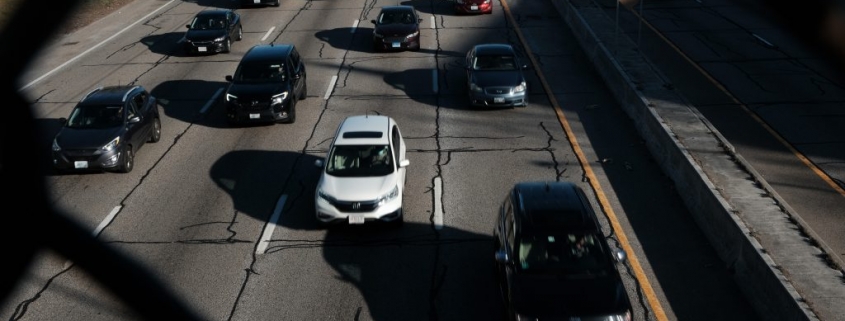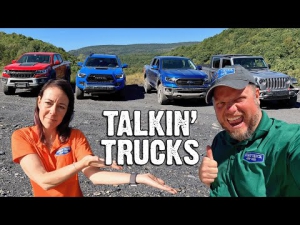Following Distance: A Safe Driving Tactic Nobody Uses
I drive a lot, especially on highways, and have picked up a few driving tactics as I’ve chowed down the miles. But the road is riddled with these annoying things called “other drivers,” who actively try to make things miserable. They weave through lanes, never use their blinker, and disregard safe driving strategies just to shave two minutes off their travel time. But nothing irks me more than people who don’t maintain a proper following distance not just because it’s annoying, but because it’s deadly.
What is following distance?
If this is a new term for you, then you probably haven’t taken driver’s ed in a long time. Simply put, following distance is the distance between your car and the car in front of you. And whether you’re on the highway or at a stoplight, you should always make sure there’s enough space between your cars.
The typical rule of thumb is that, at a stoplight, you should be able to see a car’s rear tires. This is a dated example, but if the person ahead of you is driving a stickshift, they may roll backward. If that happens, you don’t want them rolling back into you, so give them some space. However, things are a little different while the car is in motion.
While driving, the best practice is to keep a four-second following distance between you and the car ahead of you. How do you measure that? Simply pick an object, a street sign or a mile marker, and wait for the car ahead of you to pass it. Once it does, begin counting until you pass it. If it takes four seconds or longer, you’re maintaining a good following distance, but if it’s shorter, you’ll want to back off.
That said, chances are you haven’t counted while driving in a long time. Maybe you prefer to eyeball it. I typically leave enough room for an 18-wheeler to appear out of nowhere and cut me off without risking an accident. After all, if you or anyone around you fails to keep a good following distance, getting into a crash becomes more likely.
Why is it dangerous to not maintain a safe following distance?

I’m going to paint a few pictures for you, starting with one where you’re not keeping a good enough following distance. You’re just riding the person behind you. But all of a sudden, they slam on the brakes. If you’re sharp, it’ll only take you half a second to realize what’s happening. But if you’re fiddling with the radio or looking at a mirror, you might not have enough time to react.
If you ended up rear-ending that person, the accident would be your fault according to Clearfield Injury Lawyer. You were tailgating, and that’s no good. But let’s say you are maintaining a good following distance when the car four seconds ahead slams on the brakes. Now you have a little more time to slow down, which gives the person behind you time to slow down, which gives the person behind them time, and so on. In other words, following distance can prevent deadly pile-ups.
And a good following distance doesn’t just improve your driving experience. Giving everyone space makes it easier for every driver around you to coordinate their maneuvers safely and swiftly.
How keeping a following distance improves the driving experience for everyone

There will be plenty of people out there in a rush to get wherever they’re going, and sometimes it’s best to just let them speed by (and hope a cop gets them later). By leaving lots of room in front of you, they’re able to make a move without cutting you off. After all, the only difference between being cut off or not is how much of following distance you’re left with afterward.
The same goes for bumper-to-bumper traffic. A lane may be closed up ahead, and if everyone left a car’s length or two in front of them, zipper merges would be easier than ever. No more clogged motorways because people can’t get over without coming to a complete stop.
Following distance is such a simple tactic, but it’s often an overlooked one. I can say from my own experiences that maintaining a proper following distance has saved me from deadly accidents and made life easier in general. So the next time you’re on the road, just use this simple, safe driving tactic, and assume everyone is going to cut you off. That way, when people cut you off or swerve into your lane, you’ll be ready.
RELATED: Are Faster Drivers Safer Drivers?
The post Following Distance: A Safe Driving Tactic Nobody Uses appeared first on MotorBiscuit.







